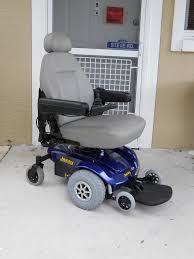From the influence of Internet sales to the integration of new materials and advanced manufacturing processes, the tire and wheel industries remain in flux. A tire tariff that threatened significant upheaval seems to have been overstated, but brick-and-mortar retailers are seeing the unmistakable effect of online sales. On the wheel side, flow forming, carbon fiber, concave designs and translucent colors are emerging trends.
Tire Trends
The dumping of low-priced Chinese tires into the United States brought about new fees on imported tires, a move designed to equal the playing field for domestic suppliers. The move created fears that companies catering to low-end tire markets might suffer. But the drop-off appears not to have been as severe as originally thought.
“I buy a lot of Chinese tires, and the impact was negligible—less than 5%,” said Hank Feldman, president of Performance Plus Tire and Automotive Superstore. “The Chinese were bringing in what are called tier-three and tier-four tires, and none of the tier-one manufacturers—Michelin, Bridgestone, the major manufacturers—build those low-end products. The tariff really hasn’t accomplished much at this point, because raw-materials costs continue to drop, so we’ve seen very little in price change over the past 24 months.”
Dave Zielasko, editor and vice president/publisher of Tire Business, said that some tire makers and tire importers backed off or slowed plans to sell Chinese-made passenger and light-truck tires in the United States, but the continued strong presence of Chinese tire makers at the recent SEMA Show showed that others have not. And Bob Ulrich, editor of Modern Tire Dealer, said that Chinese tires have become an important part of the domestic market.
“Low-cost tires are still sought after in our country, but U.S. manufacturers do not produce enough low-cost tires to meet demand on our shores,” he said. “Tires made in China by Chinese manufacturers meet that demand.”
Read more: 2016 Tire & Wheel Trends

